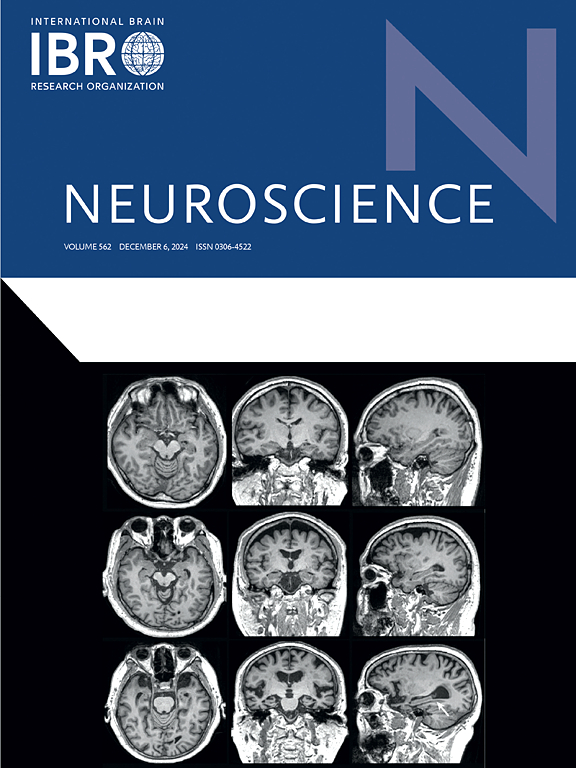Magnetic magic: How stimulation alters feeding patterns in Aplysia californica
IF 2.9
3区 医学
Q2 NEUROSCIENCES
引用次数: 0
Abstract
Repetitive transcranial magnetic stimulation (rTMS) is emerging as a groundbreaking treatment for eating disorders, such as anorexia and bulimia nervosa, though its underlying neurological mechanisms remain elusive. To shed light on the effects of rTMS on neural control of feeding behavior, we investigated the feeding responses in the marine mollusk Aplysia californica. Using in vitro preparations, we elicited feeding responses and performed dual nerve recordings to identify motor programs associated with rejection and ingestion. We applied rTMS to the cerebral ganglion, the neural center responsible for switching between ingestion and rejection behaviors. At a clinically relevant frequency of 10 Hz, rTMS terminated rejection responses and promoted ingestion responses in the buccal ganglion, which directly executes feeding behaviors. Direct stimulation of the buccal ganglion or lesioning the connection between the cerebral and buccal ganglia prevented the rTMS-mediated transition from rejection to ingestion. These findings establish Aplysia as a pivotal model for studying the cellular and molecular basis of rTMS in the treatment of eating disorders, underscoring the remarkable adaptability of neural circuits and paving the way for transformative advancements in therapeutic applications.

磁魔法:刺激如何改变加州的进食模式。
重复经颅磁刺激(rTMS)正在成为一种突破性的治疗饮食失调的方法,如厌食症和神经性贪食症,尽管其潜在的神经机制尚不清楚。为了揭示rTMS对摄食行为神经控制的影响,我们研究了加利福尼亚海陆软体动物的摄食反应。使用体外制剂,我们诱导了进食反应,并进行了双神经记录,以确定与排斥和摄入相关的运动程序。我们将rTMS应用于大脑神经节,这是负责在摄入和排斥行为之间转换的神经中枢。在临床相关的10 Hz频率下,rTMS终止了排斥反应,促进了直接执行摄食行为的颊神经节的摄食反应。直接刺激颊神经节或损伤大脑与颊神经节之间的连接可阻止rtms介导的从排斥到摄入的转变。这些发现奠定了applysia作为研究rTMS治疗饮食失调的细胞和分子基础的关键模型,强调了神经回路的显著适应性,并为治疗应用的革命性进步铺平了道路。
本文章由计算机程序翻译,如有差异,请以英文原文为准。
求助全文
约1分钟内获得全文
求助全文
来源期刊

Neuroscience
医学-神经科学
CiteScore
6.20
自引率
0.00%
发文量
394
审稿时长
52 days
期刊介绍:
Neuroscience publishes papers describing the results of original research on any aspect of the scientific study of the nervous system. Any paper, however short, will be considered for publication provided that it reports significant, new and carefully confirmed findings with full experimental details.
 求助内容:
求助内容: 应助结果提醒方式:
应助结果提醒方式:


